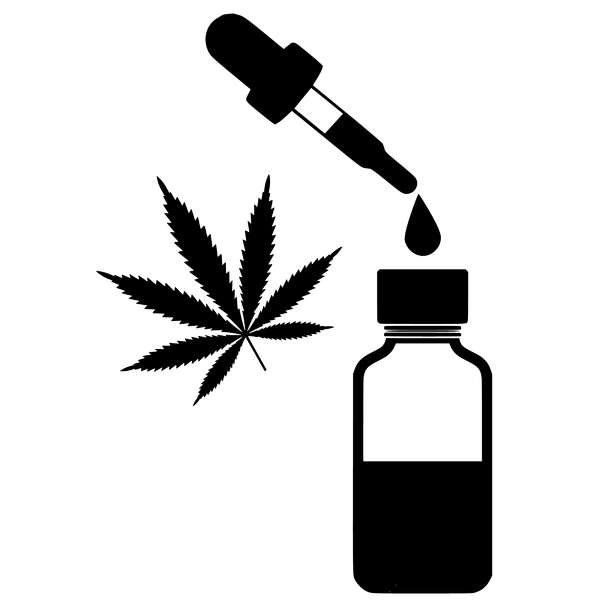For so many years, the recreational use of marijuana was banned in most countries, meaning that research into the cannabis plants was challenging. In recent years, quite some countries have legalized both the selling and the recreational consumption of marijuana. This has allowed science to have far more access to it for research purposes and discover how marijuana gives you the feeling of a high. Despite all the laws, we now know a lot about marijuana and how it affects us.

If you are curious about this product that everyone around the world is talking about, you should know that marijuana has psychoactive properties, and there are different methods of consumption that produce different effects.
Different methods of consumption
With the recent legalization of marijuana in many places worldwide came a whole boatload of new ways to consume it, rather than just the traditional method of smoking a joint. Each of them affecting your body differently. Each of these methods takes varying amounts of time for your body to feel the THC’s effects and determine how long you might feel high.
The first and seemingly most common method is inhalation. This can be any form of smoke or vapor inhalation, through joints, vapes, bongs, or dab rigs, such as those from Smoke Cartel, to name a few. There are many online headshops where you can buy your favorite smoking accessories. Through this method, most of the cannabinoids enter through the lungs, and the high can be felt almost immediately, lasting around two hours in total.
Next, we have oral consumption; this is also known as edibles and is generally a more common way for medicinal marijuana. The effects are much stronger and lost a lot longer than with inhalation.
Sublingual consumption allows the marijuana to be absorbed into the bloodstream when placed under the tongue and is a way to keep track of exact dosages.
Lastly, topical consumption can be applied through creams, oils, and gels and typically works to reduce pain rather than giving any form of high.
What is THC?
In the marijuana plants, there is a multitude of cannabinoids that plants produce. Within the marijuana plants, two main cannabinoids make up the plants’ structure, and these two compounds also happen to be the most commonly known around the world. These two components are CBD and THC.
Tetrahydrocannabinol, or more commonly referred to as THC, is a chemical within the marijuana flower in charge of most of the psychological effects one might feel when smoking. THC is a compound found in the resin produced by marijuana, along with other cannabinoids, like CBD.
Much like regular plants, you can grow marijuana to contain different strains with different strengths on THC. All of these different strengths cater to different people’s needs and wants.
For the most part, when it comes to using vaporizers, only solely use concentrated versions of the marijuana extract in the form of wax, oil, or liquid. Typically, using vape mods allows you to accurately measure the correct dosage you want or need without overdoing it.
What makes you high?
On the same train of thought, people have always wondered what aspect of the marijuana plant actually gets you high. With so many different components within the cannabis plant, it would have been easy to wonder. Still, new research shows that it actually happens to be THC, one of the most prominent cannabinoids present in marijuana.
THC is known as the primary compound in marijuana that offers psychoactive properties. It is said that THC is lipophilic, meaning that it is attracted to fatty tissue, much like that of most of your major internal organs, the brain included. In your brain, there are cannabinoid receptors that are concentrated in areas of the brain that are associated with pleasure, memory, and time perception. THC attaches to these receptors allows for the brain to release serotonin and affect a person’s memory, m movement, and coordination.
Some risks come with this, the most prominent being a decrease in IQ in younger people who have not fully developed, concerns that it could negatively affect those with mental problems, possibly triggering them.

